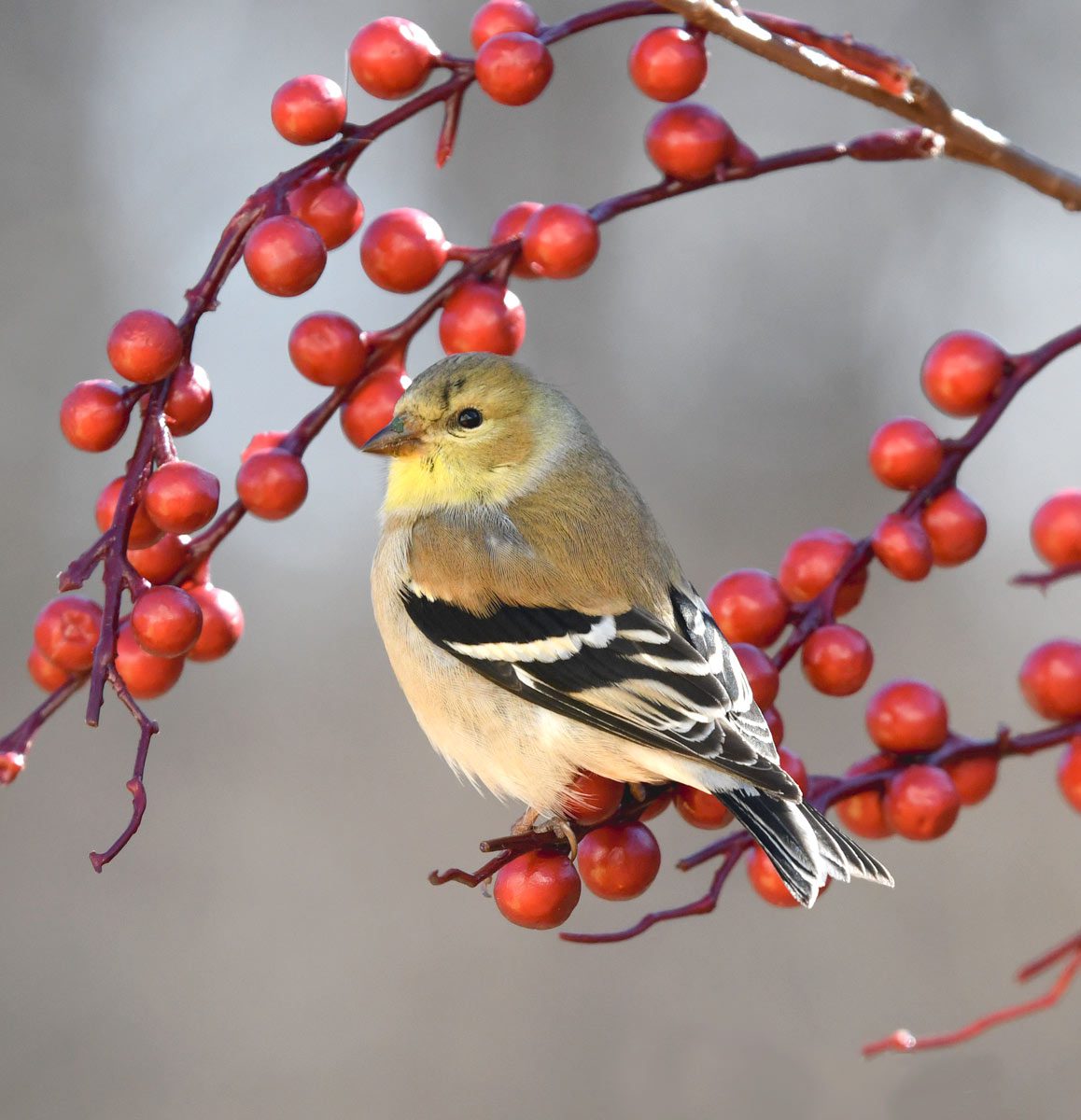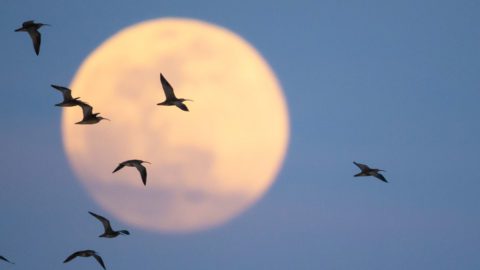View from Sapsucker Woods: Empowering Birders and Stemming Biodiversity Loss
By Ian Owens
October 4, 2021
From the Autumn 2021 issue of Living Bird magazine. Subscribe now.
One of the great joys of taking up the role of director of the Cornell Lab of Ornithology has been witnessing the arrival of the holy grail of bird identification: automated recognition of bird songs. Merlin Sound ID, sometimes referred to as “Shazam for birds,” enables users to identify species of birds using just an audio recording made on their smartphone. The app combines artificial intelligence developed by Cornell Lab computer engineers with the Macaulay Library’s vast archive of sound recordings. I’ve lost count of the number of people who have come up to me and spontaneously shared their excitement about discovering a new window into the world of birds through Merlin Sound ID.
The annual report section in this issue of Living Bird highlights the technologies like artificial intelligence that are rapidly reshaping the future of birdwatching, conservation, and even our relationship with nature. This year has seen the billionth observation recorded in eBird, with eBird users now providing around half of all the data in the Global Biodiversity Information Facility. Again, artificial intelligence is being used to turn these eBird observations into data-rich maps of bird abundance and migration pathways that can focus conservation efforts on key migratory and wintering hotspots, as well as breeding habitats. Cornell Lab board member Lisa Yang’s establishment of the K. Lisa Yang Center for Conservation Bioacoustics promises to accelerate these scientific advances yet further, opening up the prospect of using large-scale acoustic monitoring to track the world’s rarest species and learn more about the threats they face, even in the most remote tropical forests and the deepest oceans.
The impact of technology reaches beyond scientific discovery. Over the past 12 months, more than 200,000 people have taken the Cornell Lab’s Bird Academy courses to deepen their knowledge of birds; millions of people are using the Lab’s Merlin and eBird apps to identify and record birds in the field; and 25 million people have visited our All About Birds website for species accounts and stories about their favorite birds. Of course, the COVID pandemic played a role in these trends. During a time of great pain and uncertainty, birds have emerged as a source of deep pleasure and solace. With people spending so much more time at home, many used Merlin to identify and connect with the goldfinches that raise their families in the local park, or All About Birds to learn more about the chickadees that come to the backyard bird feeder. Who would have predicted 18 months ago that, in the midst of a pandemic, artificial intelligence and the internet would bring us closer to nature?
This is only the start of the revolution. Putting cutting-edge technologies in the hands of birdwatchers around the world has created the world’s most powerful telescope to understand life on our planet. And perhaps most remarkably of all, this extraordinary telescope is available to everybody. Growing the masses of people involved in monitoring birds—and engaged in saving them—gives us the opportunity to tackle one of the great challenges facing society today: bending the biodiversity loss curve.
Stories in this issue of Living Bird, like the discovery of the world’s largest Whimbrel roost on a barrier island near Charleston, South Carolina, and the triumphant return of nesting Peregrine Falcons to Taughannock gorge, bring hope. While governments and institutions around the world—including the Cornell Lab—study and strategize about what it will take to bend the biodiversity loss curve at a global scale, these stories illustrate that it is not yet too late to reverse the decline of birds and nature. But the time to act is now, and we need to do it communally.
Merlin Sound ID has connected us with birds in a way that not long ago seemed beyond our imagination. Now our mission is to harness that combination of technology and people power to imagine a better balance for birds, nature, and people, and to bend the biodiversity loss curve before it’s too late.

All About Birds
is a free resource
Available for everyone,
funded by donors like you
American Kestrel by Blair Dudeck / Macaulay Library



